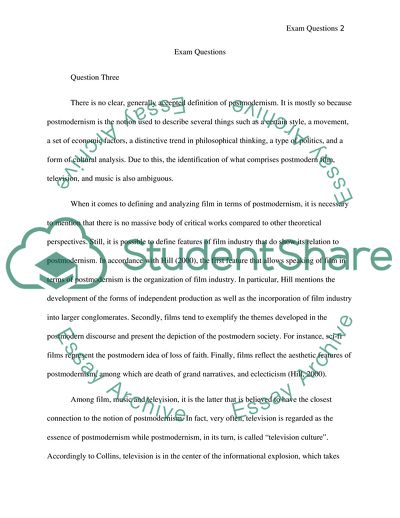Cite this document
(The Social Significance of Postmodern Music Essay, n.d.)
The Social Significance of Postmodern Music Essay. https://studentshare.org/music/1856009-mini-essays
The Social Significance of Postmodern Music Essay. https://studentshare.org/music/1856009-mini-essays
(The Social Significance of Postmodern Music Essay)
The Social Significance of Postmodern Music Essay. https://studentshare.org/music/1856009-mini-essays.
The Social Significance of Postmodern Music Essay. https://studentshare.org/music/1856009-mini-essays.
“The Social Significance of Postmodern Music Essay”. https://studentshare.org/music/1856009-mini-essays.


